- 路 Microwave
- 路 Atmospheric Pressure Microwave 路 Pressure Microwave 路 Parallel Microwave
- 路 Ultrasonic 路Low Temperature Ultrasound
- 路 Ultraviolet Light
- 路 Microwave Heating 路 Atmospheric Pressure Synthesis 路 Atmospheric Pressure Catalysis 路 Atmospheric Pressure Extraction
- 路 Sample Preparation 路 Microwave Digestion
- 路 Soil Digestion 路 High Pressure Synthesis
- 路 Solid Phase Synthesis
- 路 Organic Synthesis
- 路 Ionic Liquid Synthesis
- 路 Degradation Of Natural Organic Matter
- 路 Natural Product Extraction / Purification
河北祥鹄科学仪器有限公司
300B Microwave_ultrasound promotes the degradation of phenol by horseradish peroxidase
This paper was completed by a researcher at the College of Chemistry and Chemical Engineering of Baoji University of Arts and Sciences. He discussed the microwave-ultrasonic paper on the degradation of phenol by horseradish peroxidase. It was published in the important journal
Horseradish peroxidase (HRP) was immobilized by using hydrothermally synthesized layered zinc anthranilate as a carrier. The catalytic degradation characteristics of immobilized enzymes on phenol wastewater were studied under microwave-ultrasonic combined treatment conditions. The catalytic activity and kinetic constant of immobilized enzyme were determined by UV analysis, Lineweaver-Burk double reciprocal mapping and liquid chromatography. The phenol degradation rate and storage stability of immobilized HRP under different conditions were compared. The results showed that in the 60 mmol / L phenol solution, the degradation rate of the immobilized enzyme was 74. 4%, an increase of 43.6%. Microwave-ultrasonic irradiation enhances the activity of the immobilized enzyme by accelerating the decomposition inhibitor, and increases the degradation rate, which is enhanced as the concentration of phenol increases. After 7 consecutive uses, the degradation rate of the irradiated group was still 5.06 times that of the control group.
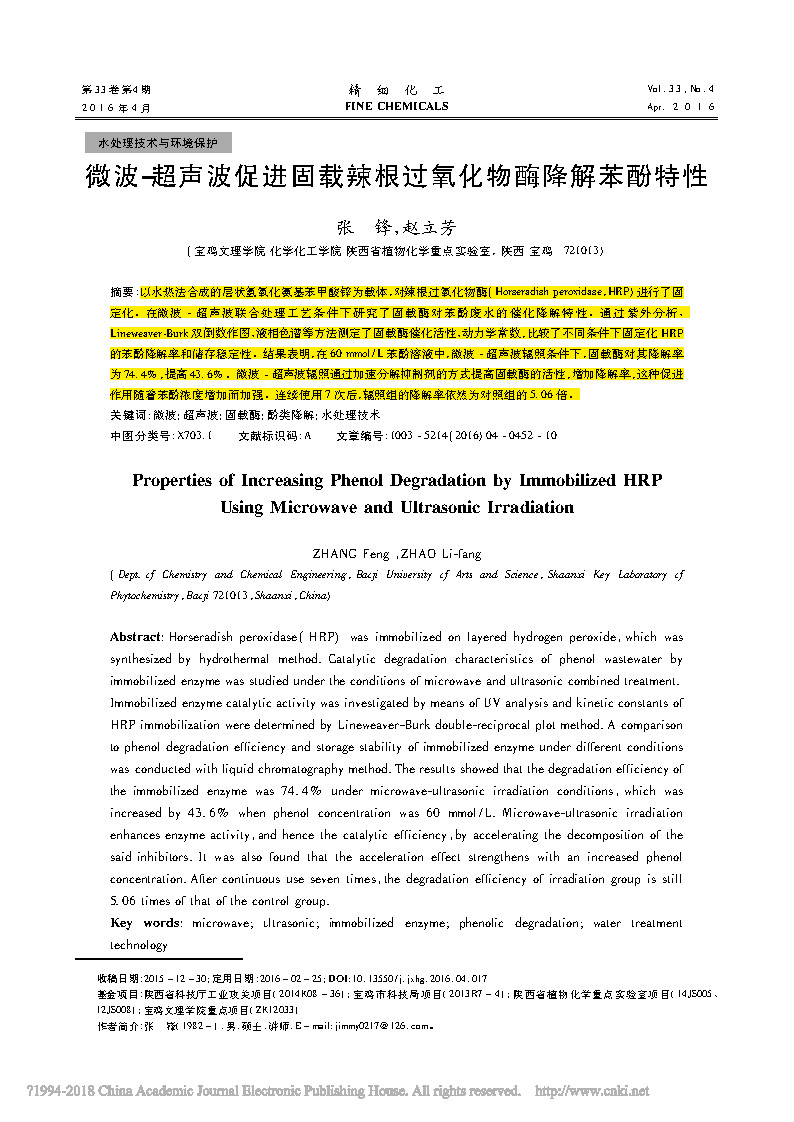
Fig.1/3↑

Fig.2/3↑

Fig.3/3↑
(1) Microwave-ultrasonic combined treatment is beneficial to promote the degradation of phenol by HRP. 6%。 The microwave-ultrasonic-induced degradation of the 60 mM / phenol solution was 74. 4%, the efficiency increased by 43.6%. 1%。 Under the same conditions, the degradation rate of free HRP was only 32.1%. (2) The kinetics of degradation reaction indicates that the inert intermediate and polymer precipitate produced by the catalytic process act as a non-competitive inhibitor to inhibit the catalytic activity of the enzyme, and microwave-ultrasonic irradiation can accelerate the process of destruction and decomposition. Inhibitors that increase the catalytic activity of immobilized enzymes. As the concentration of phenol increases, the effect on the catalytic activity of the immobilized enzyme is more significant. Therefore, in high concentration phenolic wastewater, microwave-ultrasonic irradiation has a positive effect on maintaining the catalytic activity of the immobilized enzyme and increasing the degradation rate. (3) Microwave-ultrasonic irradiation can increase the reusability of immobilized enzyme. After 7 consecutive uses, the catalytic degradation rate of phenol by immobilized enzyme in irradiation group is 24.6%, which is 5.06 times of that of the control group. This is helpful for expanding the practical application of immobilized enzymes in the treatment of phenolic wastewater.
In a three-necked flask, 91.6 mL of phosphate buffer (0.2 mol/L, pH = 7. 0) and 7.5 mL of phenol solution (0.8 mol/L) were added in sequence. The microwave ultrasonic combiner was turned on, the microwave power was adjusted to 550 W, and the temperature of the reaction system was heated to 75 °C. Subsequently, the power was reduced to 100 W, and the temperature of the reaction system was maintained at 75 ° C by controlling the flow rate of the cooling water while adjusting the ultrasonic wave so that the ultrasonic power density of the reaction system was 5 W /cm 2 . Then, a certain amount of the above-mentioned immobilized enzyme was added to the above reaction system, and thoroughly mixed under stirring at 200 r /min, and rapidly added 0. 4 mL of hydrogen peroxide solution (0.3 mol/L), and the reaction bottle was taken after being fully reacted. The supernatant was filtered through a micropore filter to measure the residual phenol concentration.








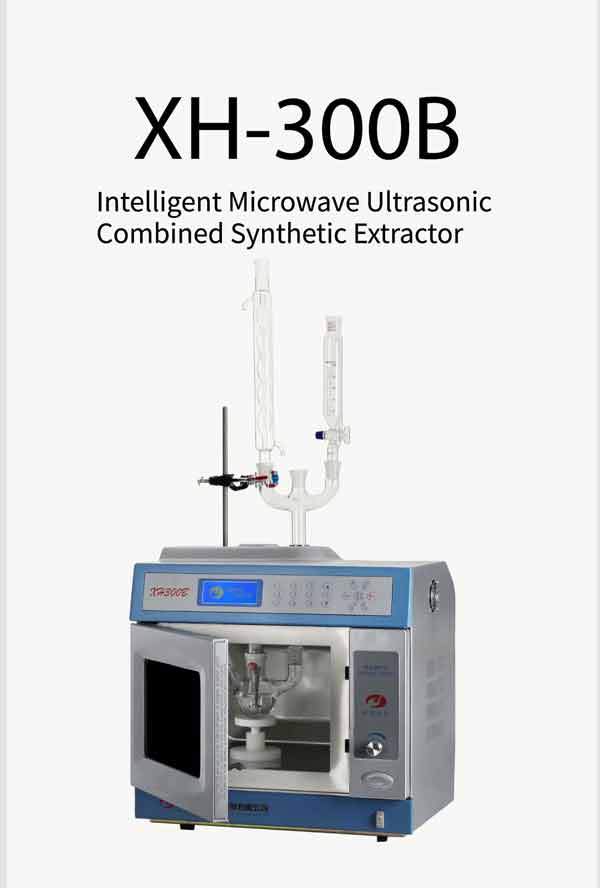

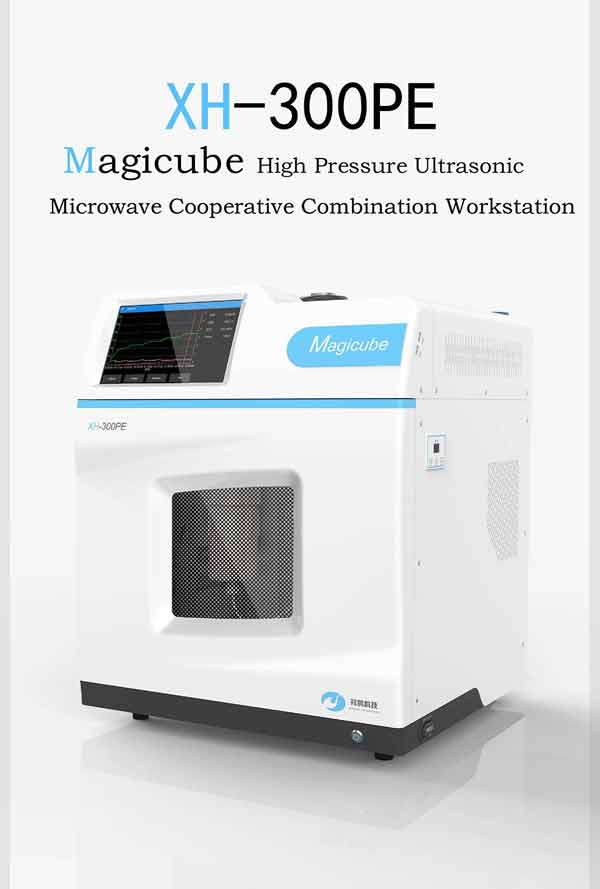
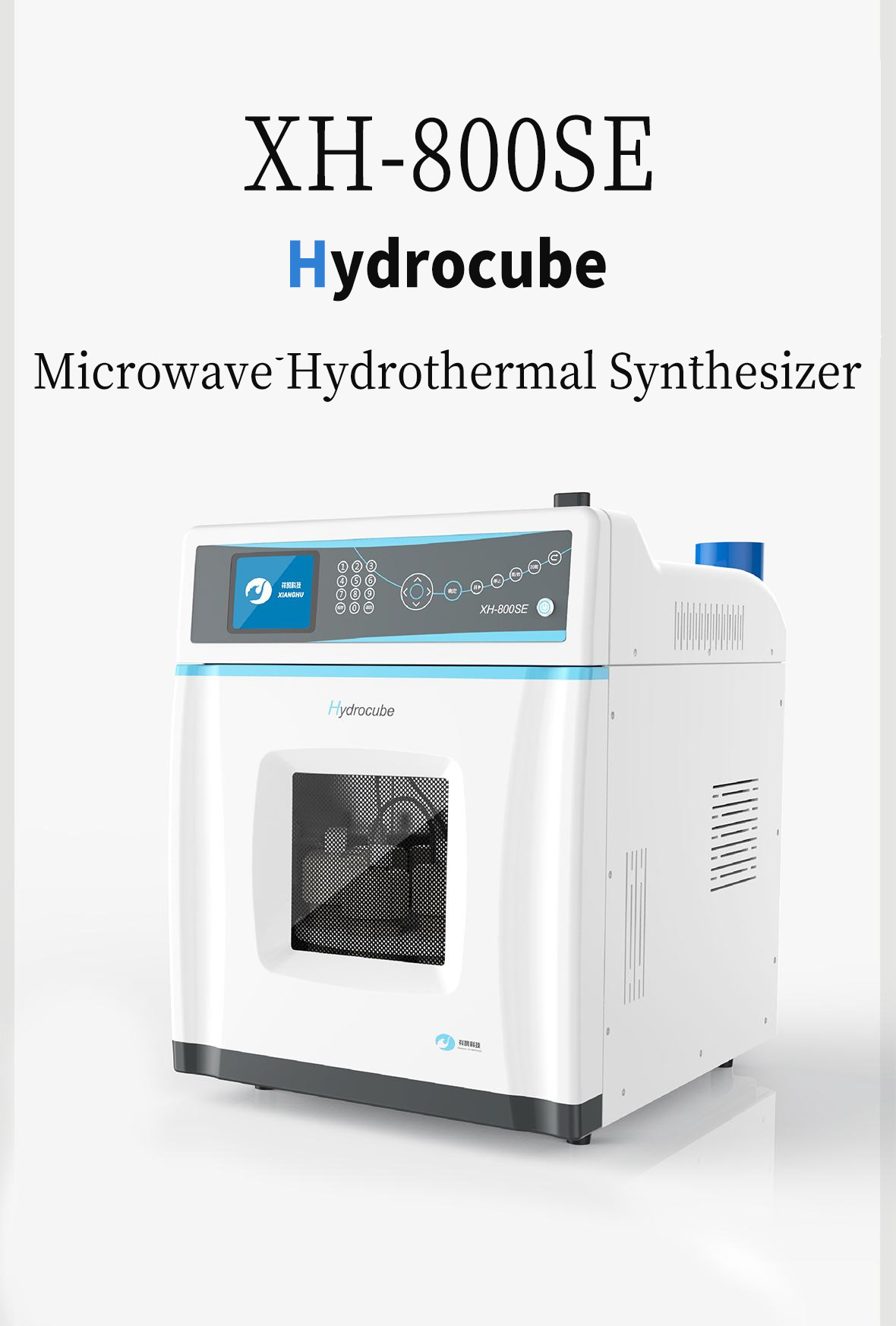
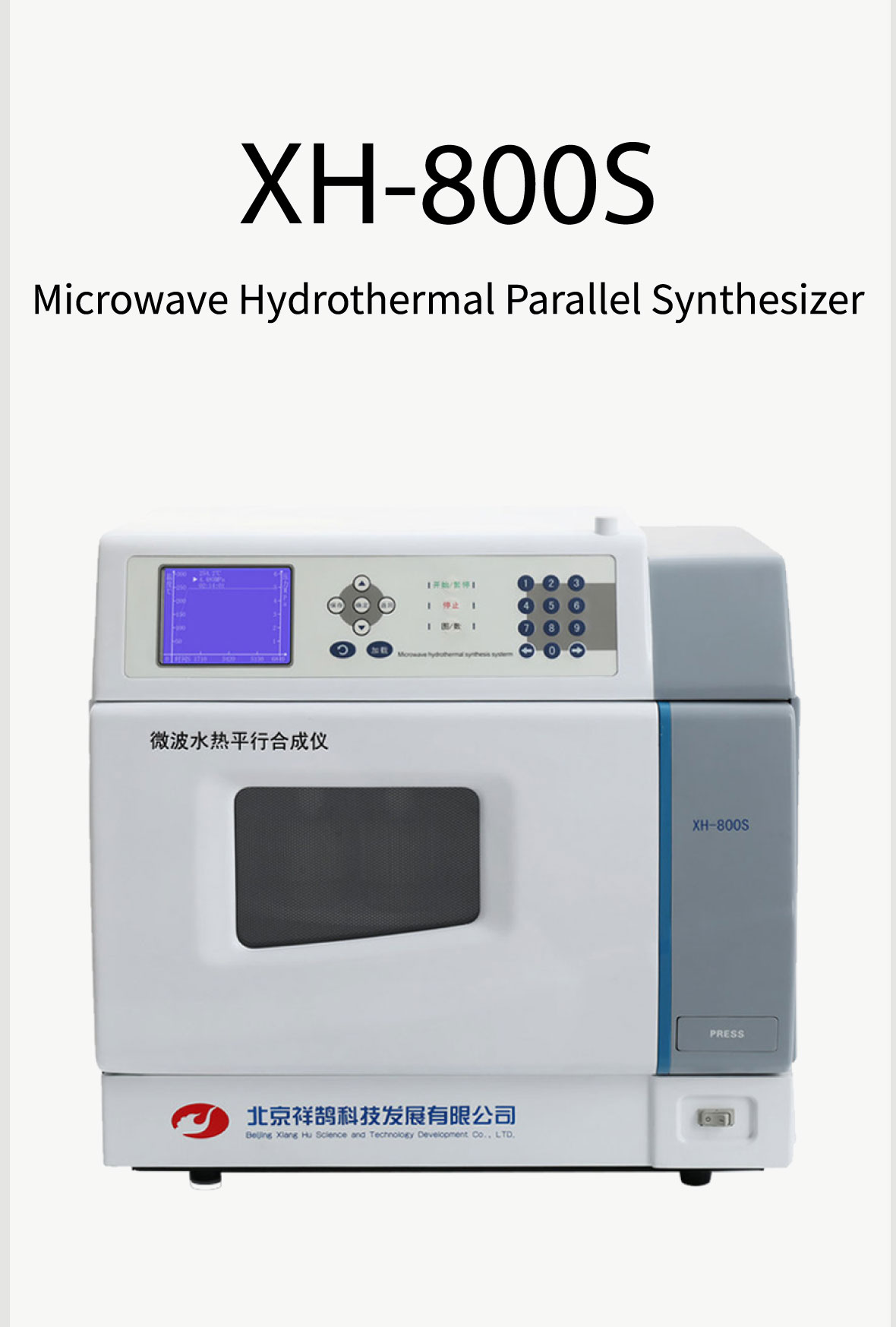
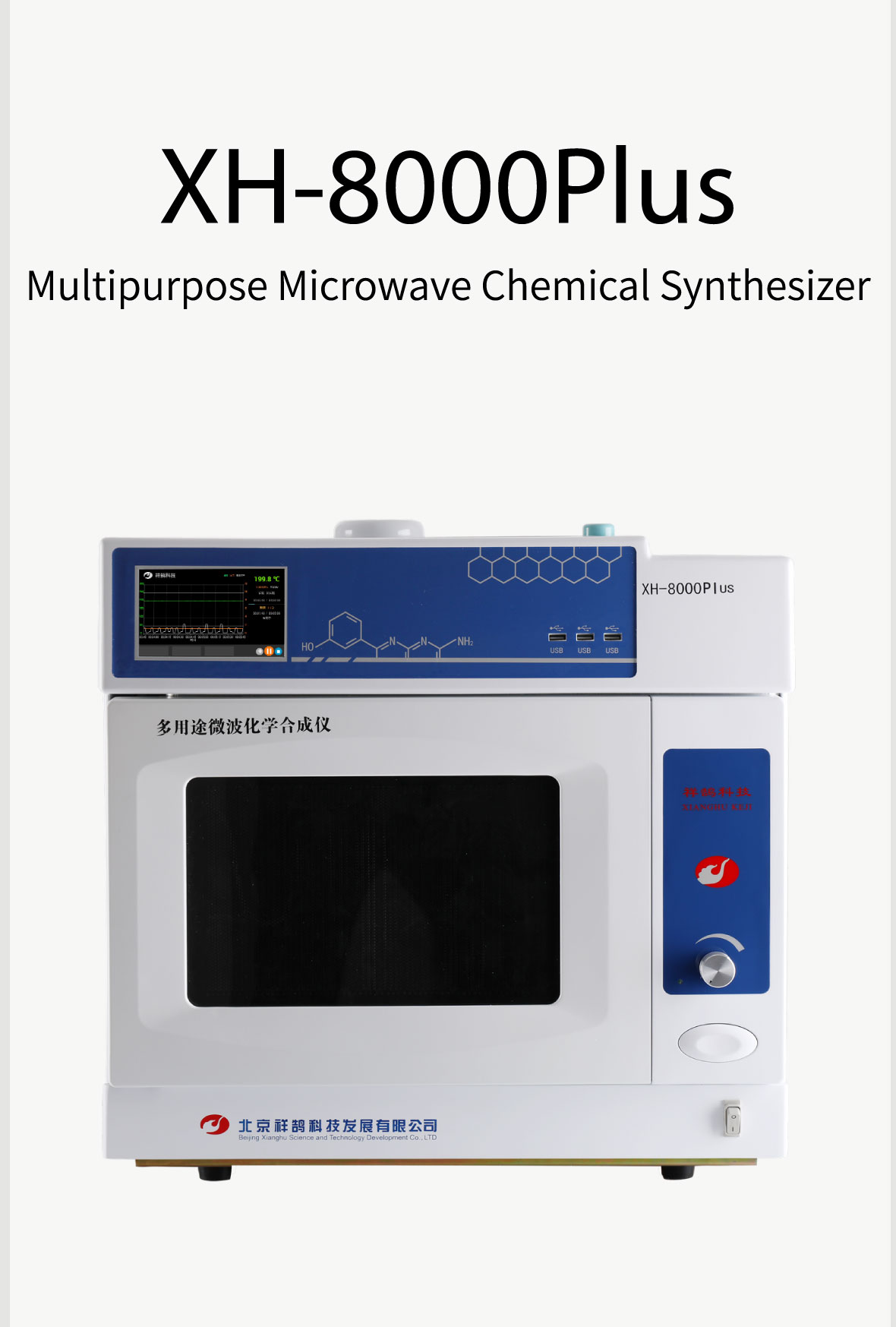
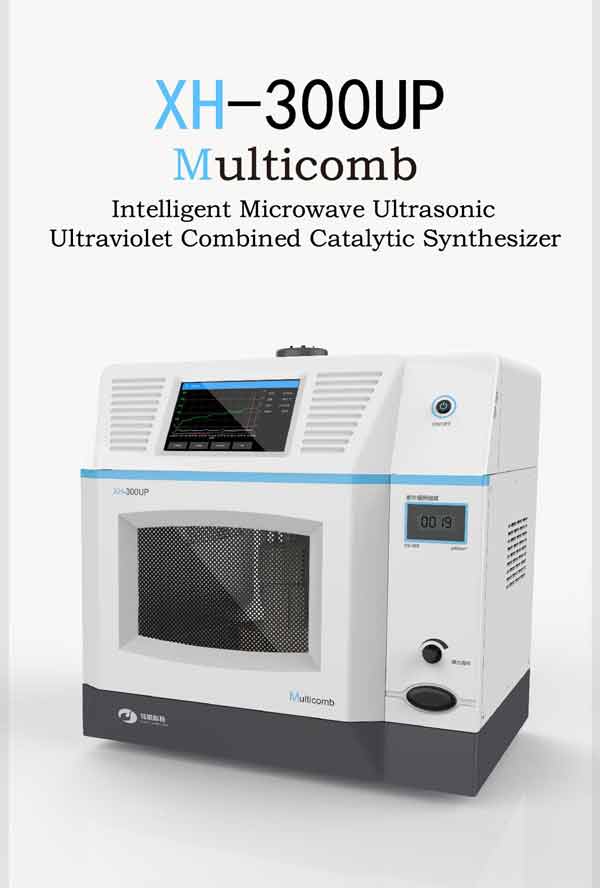
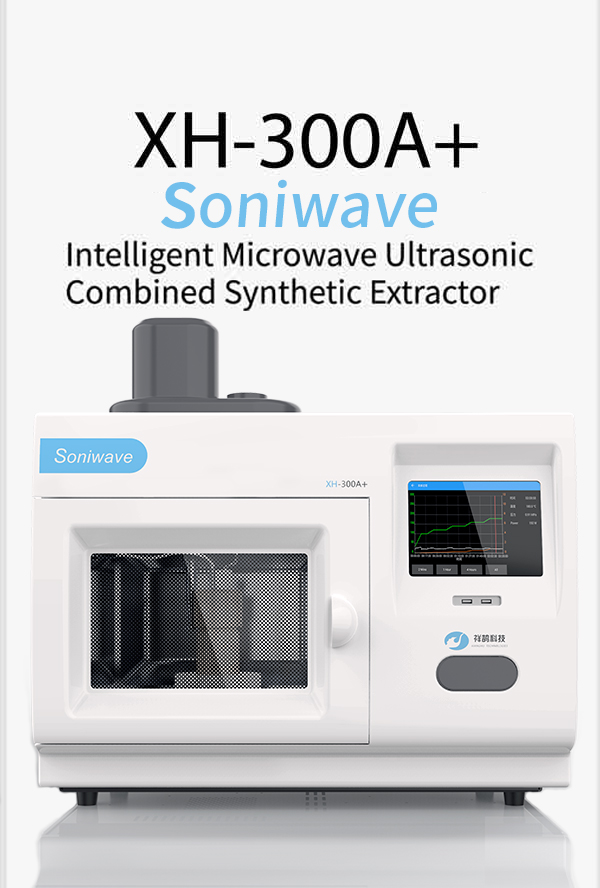

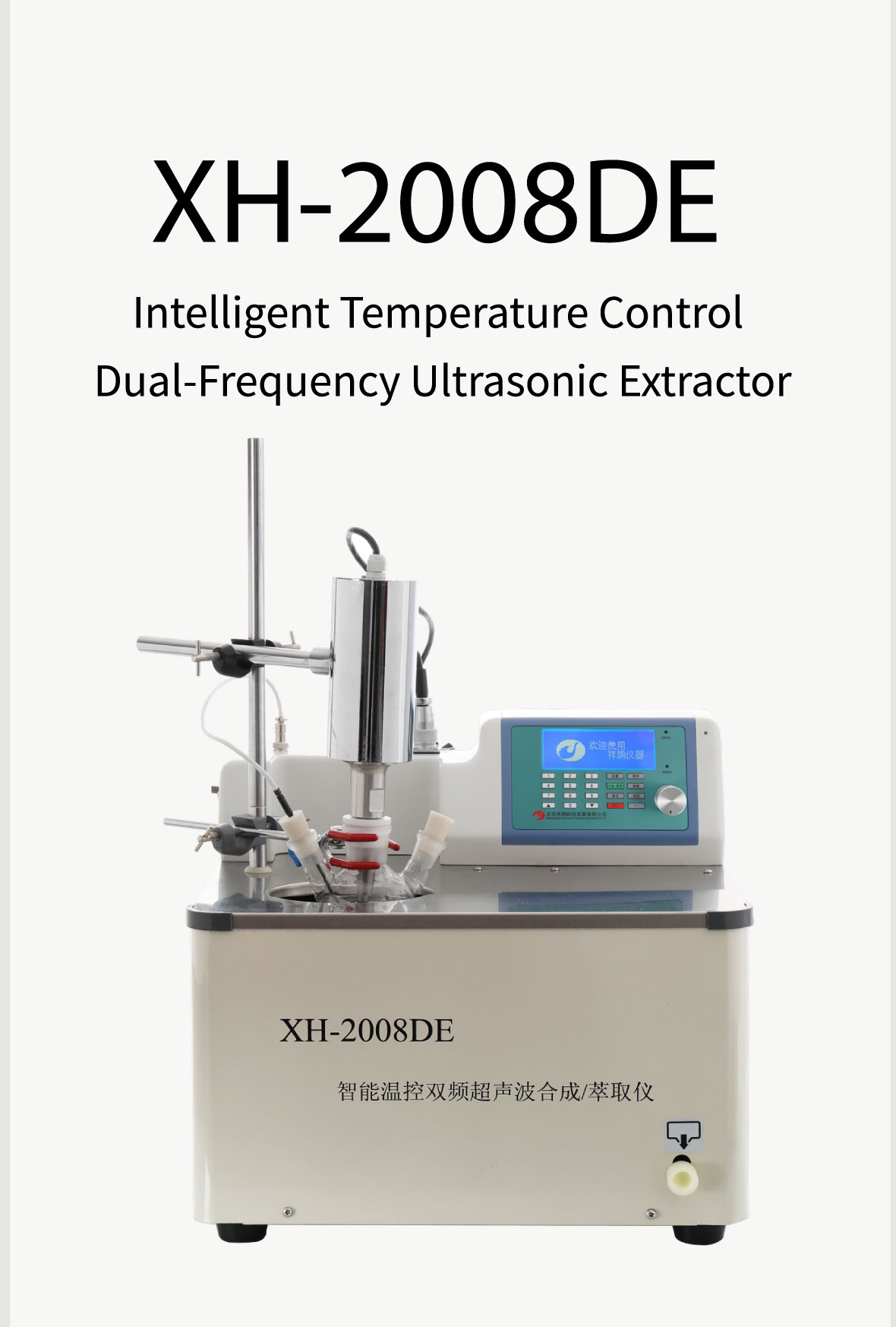



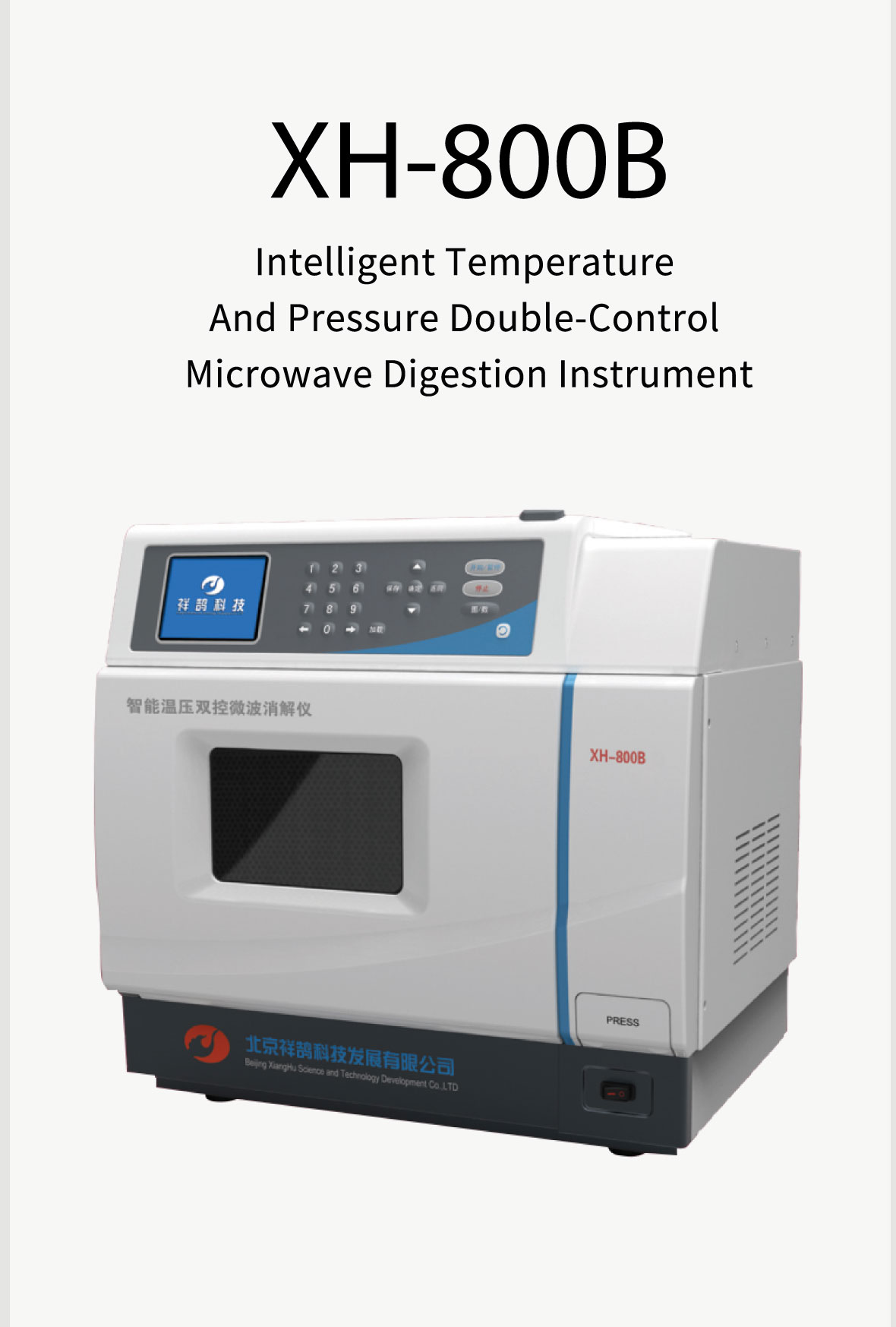

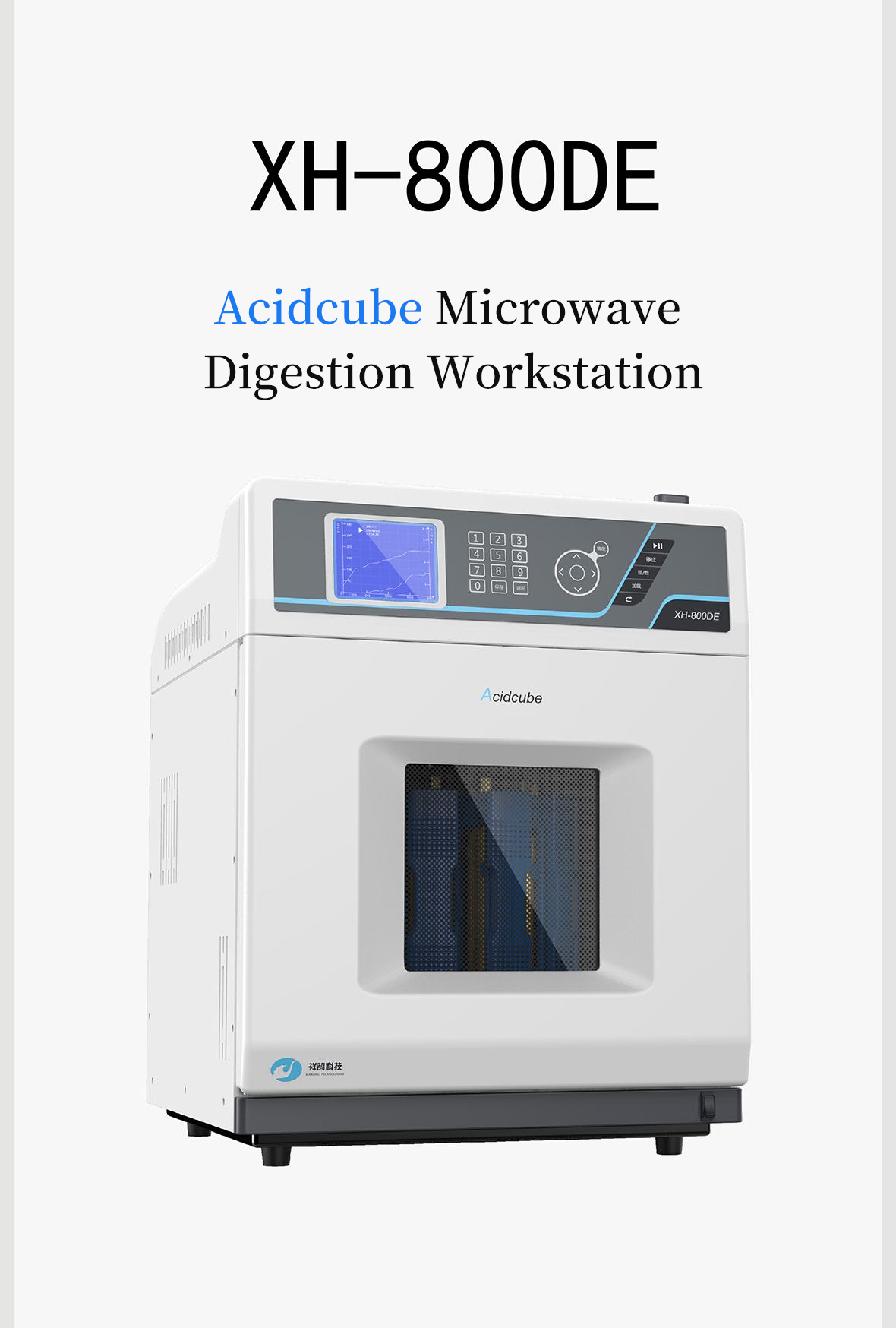

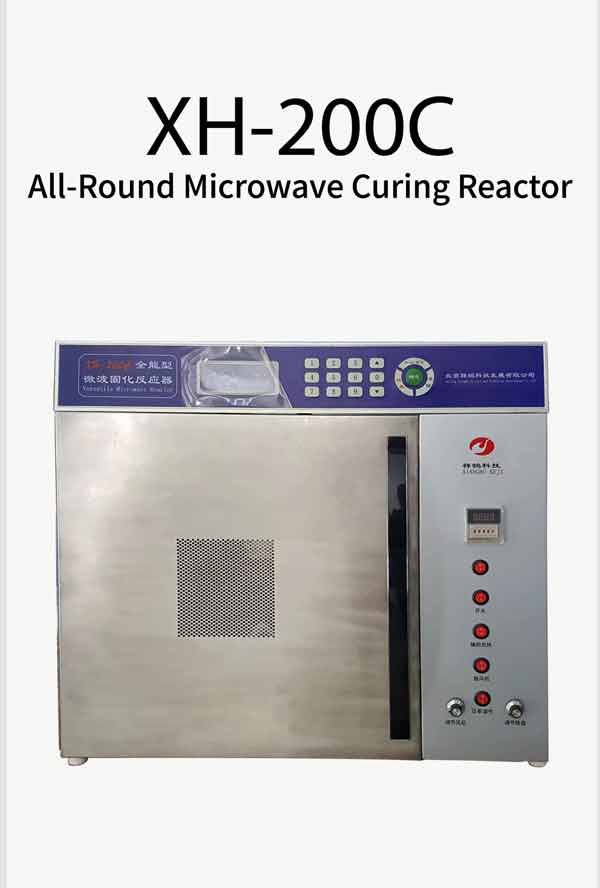
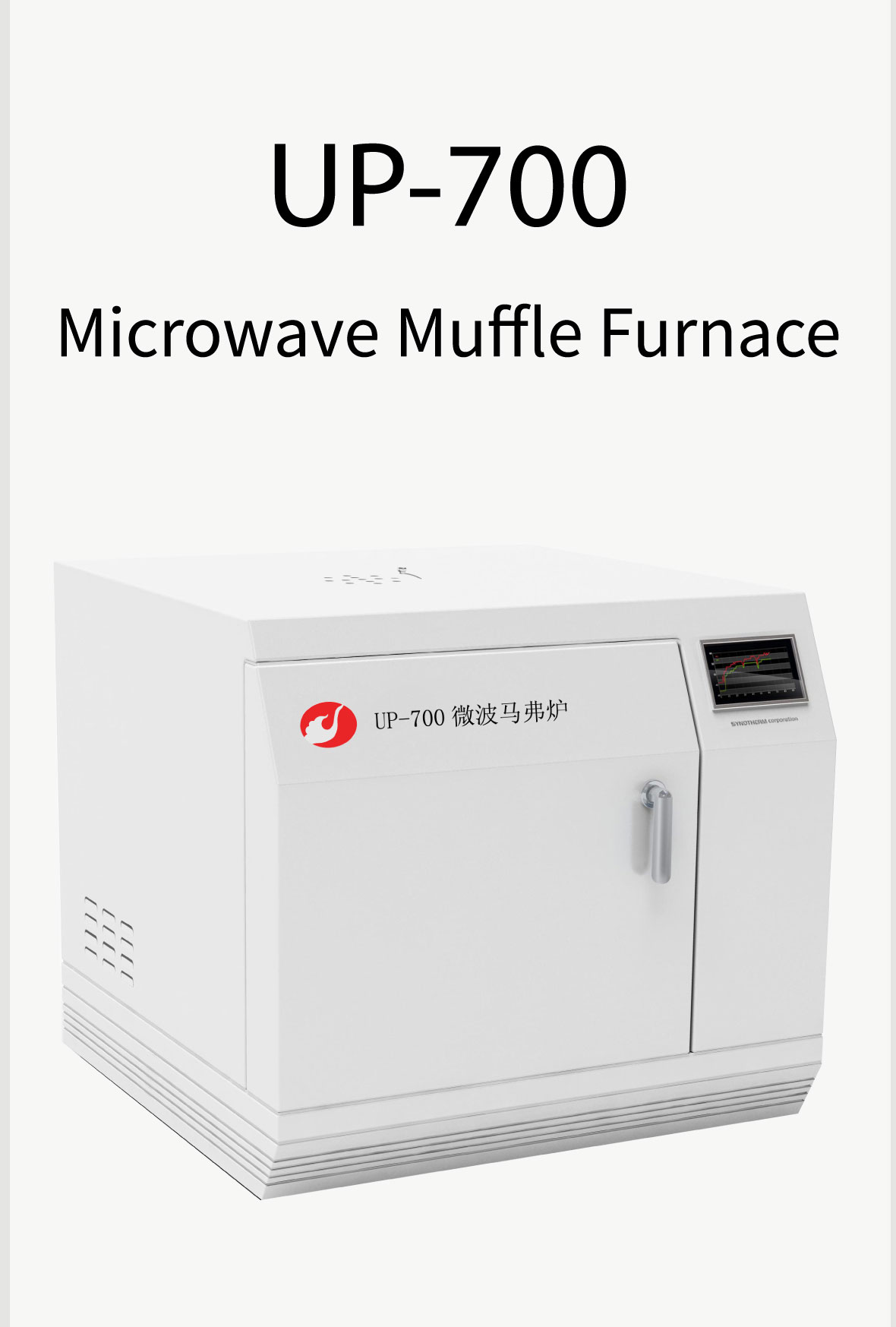

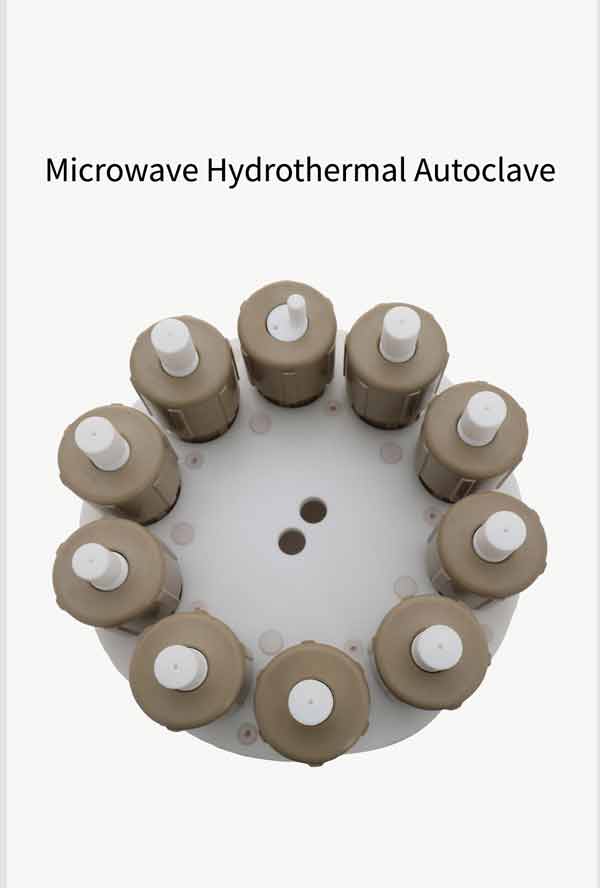




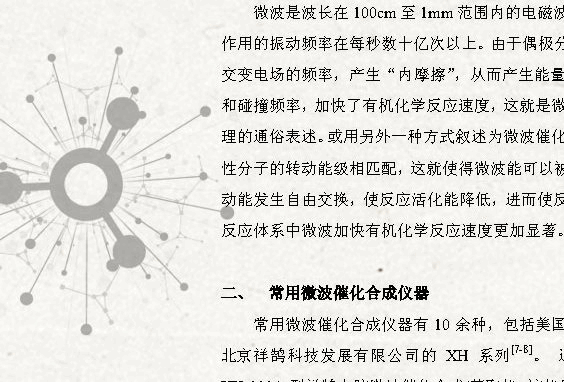

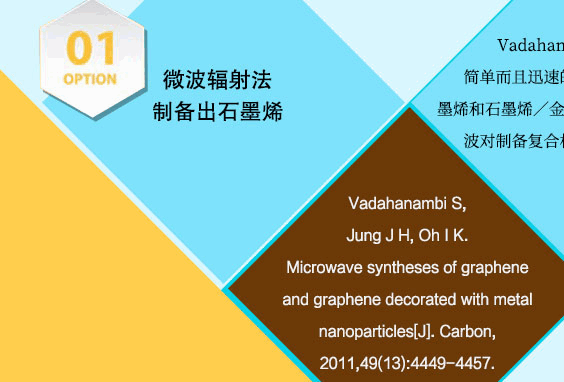
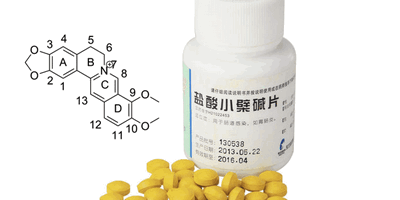


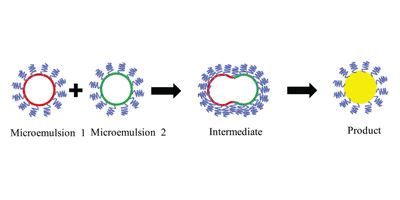
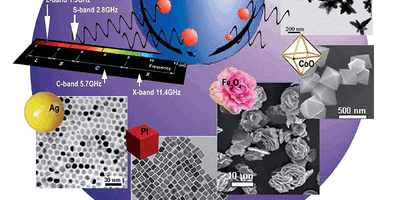
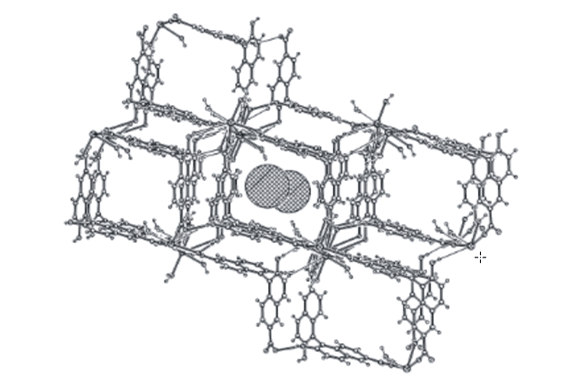
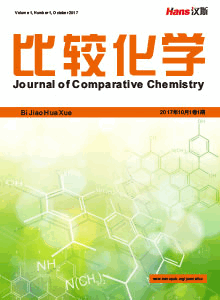
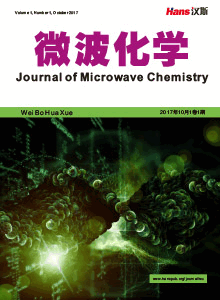





 京ICP备15050585号
京ICP备15050585号

